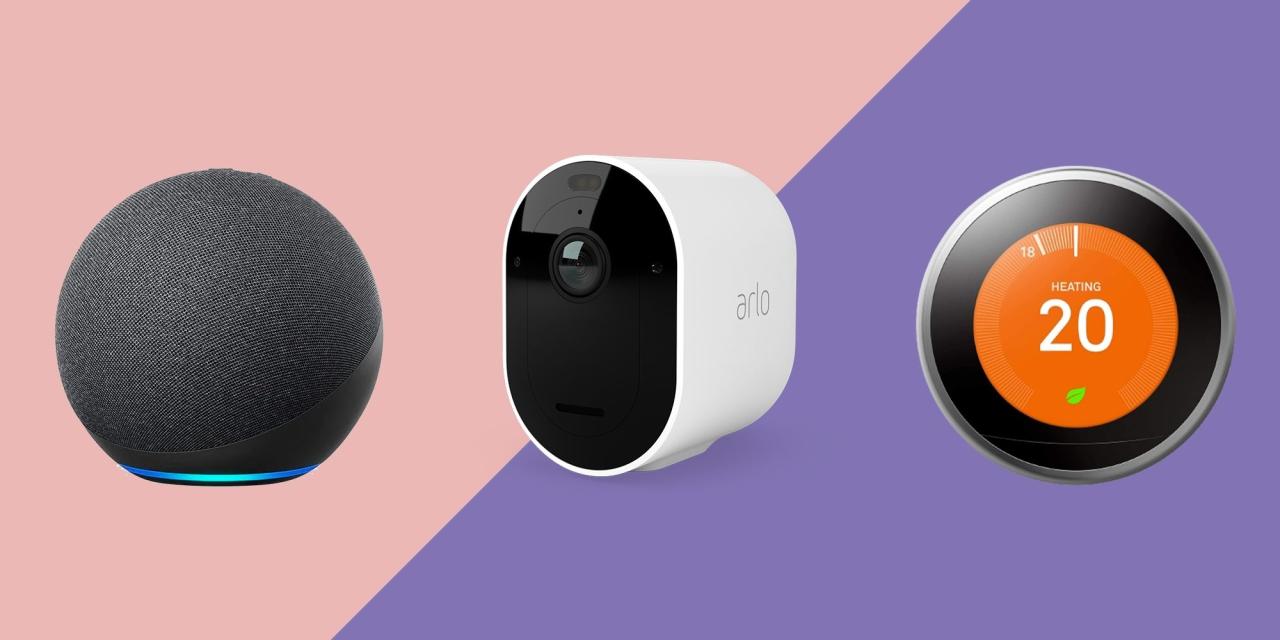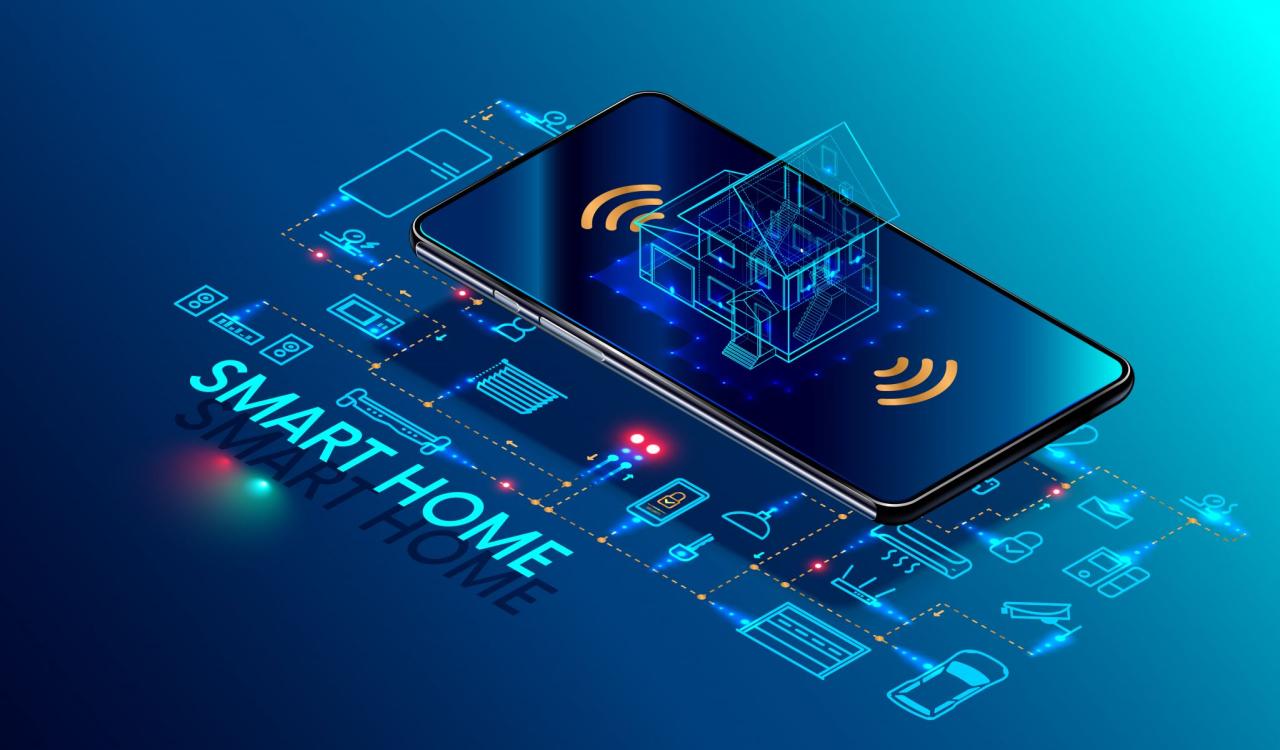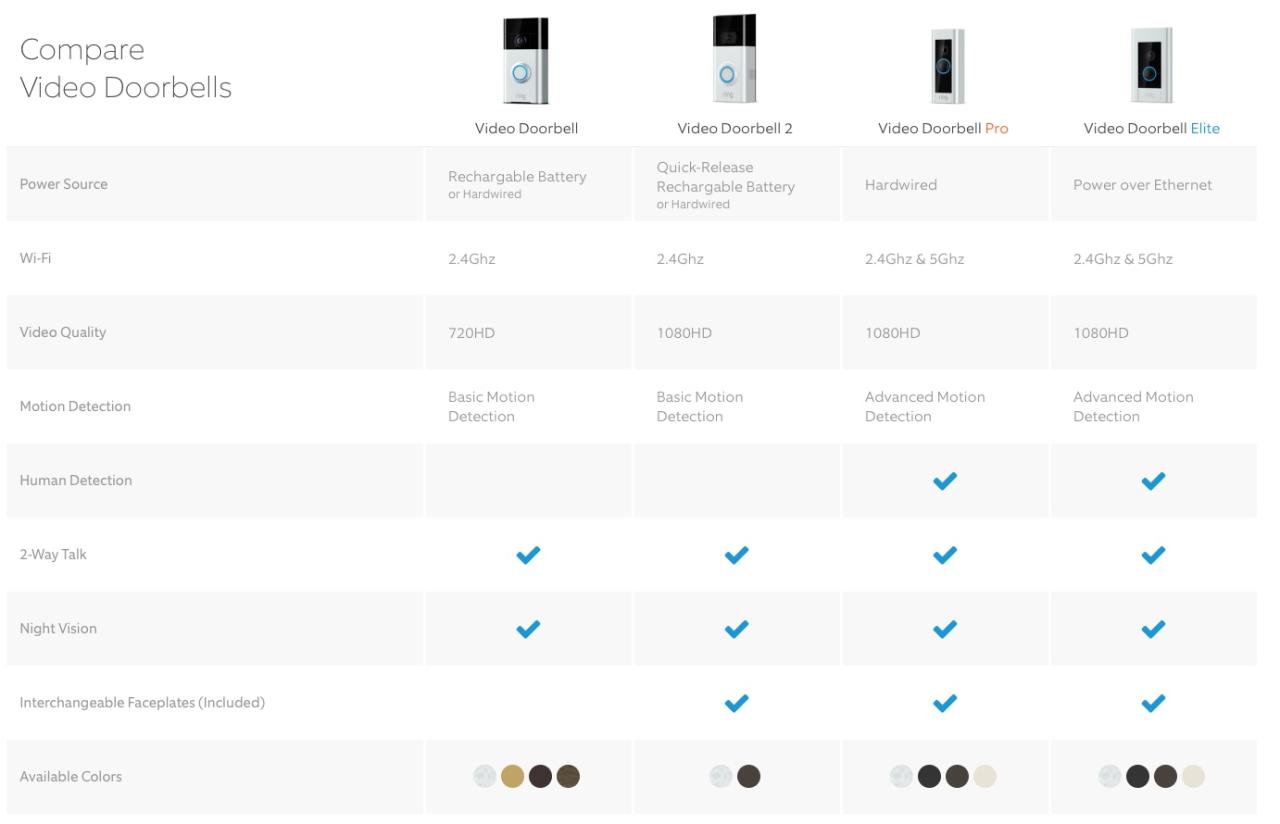Smart devices are transforming how we interact with our environment, infusing our daily routines with efficiency and convenience. These innovative technologies, ranging from smart home devices to wearables, have evolved significantly over the past decade, reshaping our expectations of functionality and connectivity. With built-in sensors and seamless internet integration, these gadgets enhance our lives while paving the way for a smarter future.
As we explore the landscape of smart devices, we will discover their various types, key features, and the profound benefits they bring to our homes and lifestyles. From improving energy management to bolstering security, the impact of these devices extends across all facets of modern living.
Introduction to Smart Devices
Smart devices are electronic gadgets that connect to the internet, enabling them to send and receive data, thereby enhancing their functionality. These devices play a pivotal role in modern technology by creating a more integrated, efficient, and user-friendly environment. They range from smartphones and tablets to smart home appliances and wearables, all designed to make life easier and more connected.
Over the past decade, the evolution of smart devices has been significant, driven by advancements in technology, increased internet connectivity, and the proliferation of the Internet of Things (IoT). This evolution has transformed everyday objects into intelligent systems that can communicate, learn, and adapt to user preferences. Starting with basic smartphones that offered internet access and apps, the journey progressed to sophisticated devices like voice-activated assistants and smart home systems that control everything from lighting to security.
Key Components of Smart Devices
The functionality of smart devices hinges on several key components that make them ‘smart.’ Understanding these components is essential to appreciating how they operate and interact with users.
- Connectivity: Smart devices rely on various forms of connectivity, such as Wi-Fi, Bluetooth, and cellular networks, allowing them to communicate with other devices and platforms. This connectivity enables seamless data sharing and remote control capabilities.
- Sensors: Many smart devices are equipped with sensors that collect data about their environment, such as temperature, motion, and light levels. These sensors allow the devices to respond intelligently to changing conditions, enhancing user experience and automation.
- Automation: Automation capabilities enable smart devices to carry out tasks automatically based on pre-set conditions or user preferences. For instance, smart thermostats can adjust heating and cooling based on occupancy patterns, optimizing energy consumption.
- Artificial Intelligence (AI): AI algorithms empower smart devices to learn from user interactions, improving their performance over time. For example, smart speakers can personalize music recommendations by learning user preferences.
- Data Analytics: Smart devices often incorporate data analytics that allows them to process and interpret the information gathered from sensors and connectivity, leading to more informed decisions and actions.
The combination of these components creates a sophisticated ecosystem of interrelated devices that enhance convenience, efficiency, and control in everyday life. By leveraging these technologies, users can expect a more tailored and responsive experience that meets their evolving needs and preferences.
Types of Smart Devices

Smart devices have revolutionized the way we interact with technology, offering enhanced functionality and convenience across various aspects of our lives. They can be categorized into distinct types, each serving unique purposes and enhancing specific environments. Understanding these categories provides insight into how smart devices integrate into daily routines and improve our quality of life.
Smart devices can be broadly classified into three main categories: smart home devices, wearables, and smart appliances. Each category boasts a range of popular devices that exemplify cutting-edge technology and functionality.
Smart Home Devices
In the realm of smart home devices, the focus is on automating and optimizing home environments. These devices enable remote control through smartphones or voice assistants, increasing convenience and security. Features often include energy monitoring, scheduling capabilities, and integration with other smart technology.
- Smart Speakers: Devices like Amazon Echo and Google Nest enable voice control for various smart home functions, music playback, and information retrieval.
- Smart Thermostats: Products such as the Nest Learning Thermostat learn user habits to optimize heating and cooling, resulting in energy savings.
- Smart Security Cameras: The Ring and Arlo security camera systems offer real-time video surveillance and alerts, enhancing home security.
Wearable Devices
Wearable devices have gained remarkable popularity, primarily focusing on health tracking and lifestyle optimization. These gadgets often come in the form of smartwatches or fitness trackers, offering features that monitor physical activity, heart rate, and even sleep quality.
- Smartwatches: The Apple Watch and Samsung Galaxy Watch provide notifications, fitness tracking, and health monitoring, all accessible from the wrist.
- Fitness Trackers: Devices like Fitbit Charge track steps, calories burned, and heart rate, encouraging users to maintain active lifestyles.
Smart Appliances, Smart devices
Smart appliances represent a growing segment of the market that enhances everyday household tasks through connectivity and automation. These devices not only simplify chores but also contribute to energy efficiency and smart home ecosystems.
- Smart Refrigerators: The Samsung Family Hub allows users to view the contents of their fridge remotely, create shopping lists, and even access recipes.
- Smart Ovens: The June Oven can recognize food items, suggest cooking times, and remotely control cooking processes via an app.
- Smart Washers and Dryers: LG’s Smart Washer enables users to start laundry cycles from their smartphones and receive notifications when cycles are complete.
Benefits of Using Smart Devices

Smart devices have revolutionized the way we interact with technology, making everyday tasks not only simpler but also more efficient. As more households embrace these advanced tools, the benefits become increasingly evident, influencing convenience, energy management, and security. Understanding these advantages helps users appreciate the full potential of smart technology in enhancing their lives.
Improvement in Convenience and Efficiency
Smart devices drastically enhance daily life by automating routine tasks and providing remote access to home systems. This integration allows users to manage their environments more effectively, saving time and effort. For example, smart thermostats learn user preferences and adjust heating and cooling automatically, leading to a more comfortable living space without manual intervention.
- Voice-activated assistants facilitate hands-free control of various devices, allowing users to multitask efficiently.
- Mobile apps enable the monitoring and control of home appliances from anywhere, providing the freedom to manage tasks while away.
- Automated lighting systems can adjust based on time of day or occupancy, ensuring optimal lighting while minimizing energy usage.
Impact on Energy Management and Sustainability
Smart devices play a pivotal role in energy management, contributing significantly to sustainability efforts. By optimizing energy consumption, they help reduce waste and lower utility bills. Smart meters track energy usage in real time, allowing users to identify patterns and make informed decisions about their consumption habits.
- Smart appliances, like refrigerators and washing machines, operate during off-peak hours, which can lead to significant cost savings on energy bills.
- Solar energy systems integrated with smart technology allow efficient monitoring and usage, contributing to a smaller carbon footprint.
- Home energy management systems provide insights into household energy use, enabling families to make adjustments to their routines for better efficiency.
Security Features and Their Importance
The security capabilities of smart devices are crucial for safeguarding homes and personal information. Modern smart security systems monitor premises in real time, offering features such as motion detection, remote surveillance, and alerts for unusual activity. This integration fosters a comprehensive security approach, enhancing peace of mind for users.
- Smart doorbells equipped with cameras allow homeowners to see who is at their door, regardless of their location.
- Automated locks can be controlled via smartphone, allowing users to grant access to guests or service personnel securely.
- Intrusion detection systems send instant notifications to users and local authorities in case of a breach, reducing response times and potential losses.
Future Trends in Smart Device Technology

As we look ahead, the landscape of smart devices is poised for significant transformations driven by advancements in AI and IoT. The integration of these technologies promises not only to enhance the functionality of smart devices but also to redefine user experiences across various sectors. Understanding the future trends is essential for businesses and consumers alike to remain competitive and informed.
The ongoing evolution of smart devices will likely lead to more sophisticated integrations with artificial intelligence (AI) and the Internet of Things (IoT), creating an intelligent ecosystem of interconnected devices. This synergy is expected to enhance automation, improve energy efficiency, and deliver personalized experiences, thereby expanding the scope of what smart devices can achieve in everyday life.
Advancements in AI and IoT Integration
The integration of AI with smart devices will facilitate real-time data processing and decision-making, enabling these devices to learn and adapt to user preferences. This trend will manifest in several key areas:
- Home Automation: Smart home devices will become increasingly intuitive, learning user routines to optimize energy use and enhance security.
- Healthcare: Wearable smart devices will utilize AI algorithms to monitor health metrics and provide insights, potentially predicting health issues before they arise.
- Transportation: Smart vehicles will leverage AI to enhance navigation and safety features, leading to more efficient and safer travel experiences.
The convergence of AI and IoT technologies will also pave the way for the development of autonomous systems that require minimal human intervention. These advancements will not only revolutionize consumer experiences but also create new opportunities for businesses to innovate.
New Markets and Applications for Smart Devices
As technology progresses, new markets are emerging where smart devices can play a pivotal role. The potential applications of smart devices are vast and varied:
- Agriculture: Smart sensors can monitor soil health and crop conditions, enabling farmers to optimize yields and conserve resources.
- Smart Cities: Integration of smart devices in urban infrastructures will improve traffic management, waste management, and public safety.
- Retail: Retailers can employ smart devices for inventory management and enhanced customer interaction through personalized experiences.
These new markets highlight the versatility of smart devices and their ability to address critical challenges in various sectors, thereby improving efficiency and productivity.
Visual Representation of Future Smart Devices Landscape
To better understand the future of smart devices, a visual representation can be constructed using a table to Artikel the key components and their expected impacts:
| Technology Component | Expected Impact |
|---|---|
| AI Integration | Enhanced personalization and automation in daily tasks. |
| IoT Connectivity | Streamlined data sharing and communication between devices. |
| Enhanced Security Features | Improved data protection and user privacy through advanced encryption. |
| Energy Management | Increased energy efficiency and sustainability across devices. |
The above table encapsulates the key trends and anticipated impacts of emerging technologies in the realm of smart devices, reflecting the dynamic and evolving future landscape. As these trends continue to unfold, they will shape the very essence of how we interact with technology in our daily lives.
Helpful Answers
What are smart devices?
Smart devices are electronic gadgets that connect to the internet and can collect, send, and receive data, allowing for enhanced functionality and convenience in daily tasks.
How do smart devices improve energy efficiency?
They optimize energy usage by providing real-time monitoring and control, allowing users to reduce consumption and minimize waste.
Are smart devices secure?
While they come with security features, vulnerabilities can exist. It is essential for users to implement strong passwords and keep devices updated to enhance security.
Can smart devices communicate with each other?
Yes, many smart devices are designed to interact and share data with each other, creating a cohesive smart ecosystem.
What is the future of smart devices?
The future includes greater AI integration, expanded functionalities, and broader applications across various sectors, making smart devices even more indispensable.
The smart hub philips serves as a central control system for your smart home, allowing seamless integration of various devices. Imagine effortlessly managing your lighting, security, and media all from one intuitive interface. This not only enhances convenience but also elevates your home automation experience to the next level.
With the innovative philips hue motion sensor, your lights can react to your movements, creating a truly responsive environment. Whether you’re entering a room or walking down a hallway, the lights will automatically adjust to provide the perfect ambiance, ensuring you’re always in the right mood without lifting a finger.